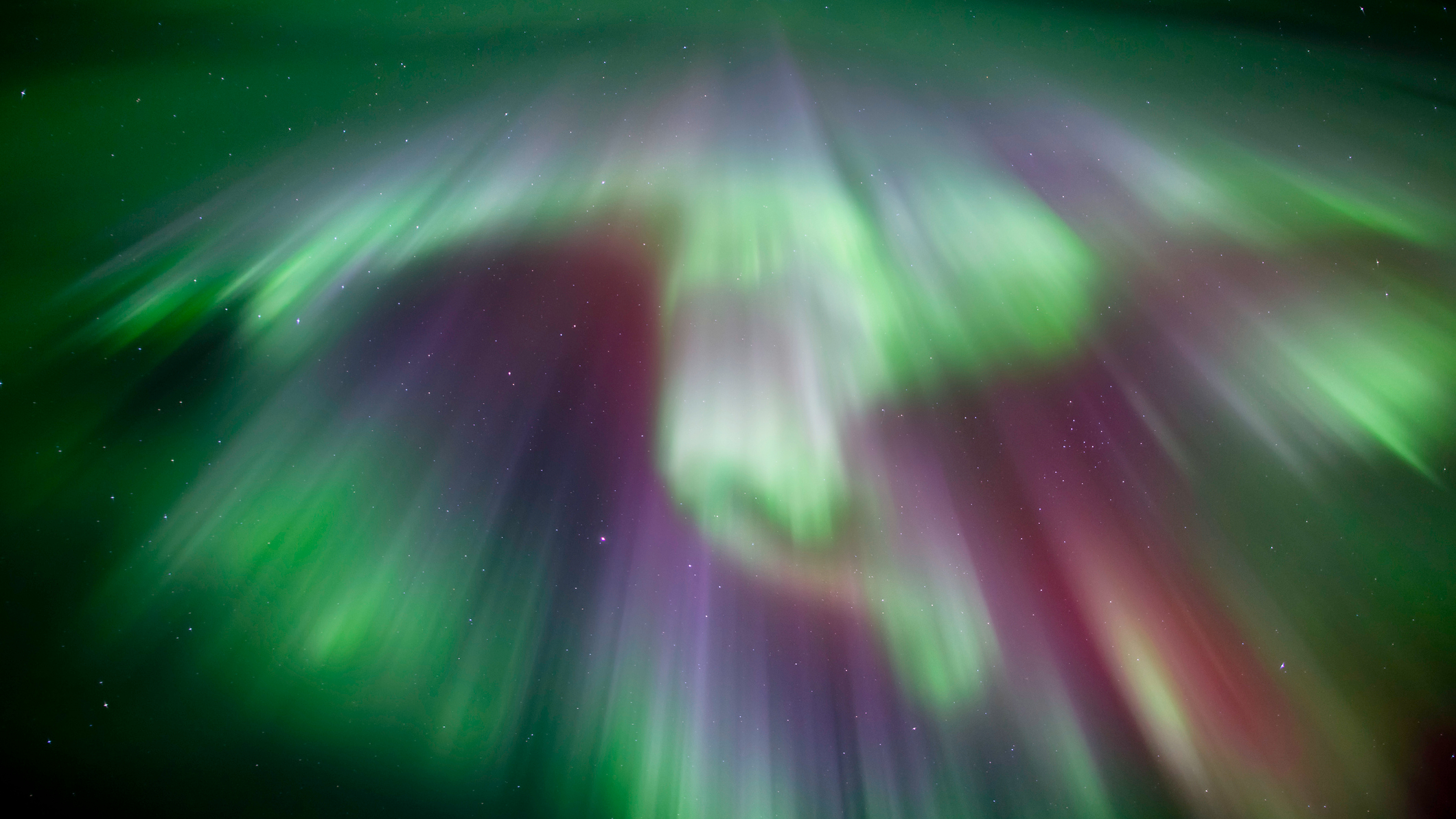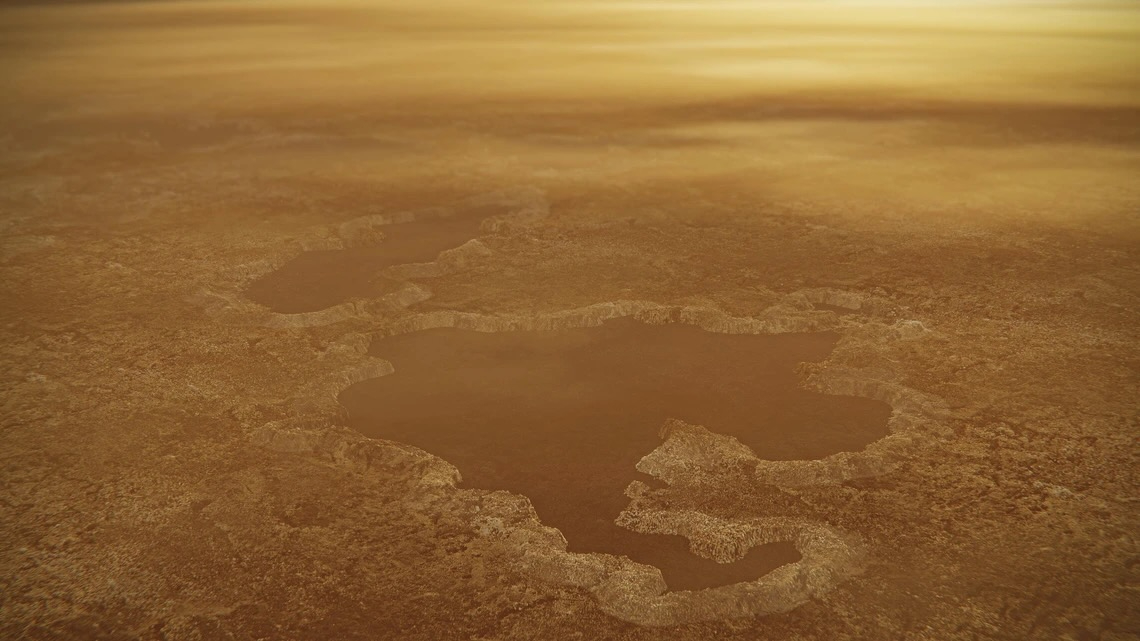Powerful Solar Storm to Hit Earth by Wednesday

A huge sunspot kicked up a powerful flare Monday that could spark colorful sky lights above Earth Tuesday night or early Wednesday.
The flare was classified as X-3. All X-class flares are considered major, with the number indicating a degree of severity. Its radiation traveled at light-speed, arriving at Earth within minutes and, along the way, swamping a detector on the Solar and Heliospheric Observatory (SOHO) spacecraft, which monitors the Sun and its storms.
Along with the flare came a billowing cloud of charge particles known as a coronal mass ejection (CME). Traveling at millions of miles per hour, CMEs take anywhere from about 17 hours to two or three days to reach Earth.
Scientists expect this CME [animation] to arrive overnight Tuesday or sometime Wednesday.
Tricky forecast
The CME is likely to trigger the Northern Lights, also known as aurora. These waves and wisps of red, yellow and green are created when charged particles excite molecules in the upper atmosphere, causing them to glow.
People at high latitudes, including northern Europe and the northernmost United States, are likely to have a chance of spotting aurora, as they have on recent nights during an ongoing period of heightened solar activity.
Get the Space.com Newsletter
Breaking space news, the latest updates on rocket launches, skywatching events and more!


Based on the latest analysis of the solar storm and conditions near Earth, it is doubtful much will be visible from more southerly locations such as Texas, said Kent Doggett, the forecaster on duty Tuesday at NOAA's Space Environment Center.
"It may not show up as a very strong shock, but will probably continue the level of magnetic activity we're already seeing," Doggett said in a telephone interview. "I expect minor to severe storms."
Doggett expects the cloud of charged particles to arrive early Wednesday Universal Time (UT), which translates to Tuesday night or perhaps during the predawn hours Wednesday in North America.
The tempest lifted off of a region of sunspots [image] catalogued as 720. Sunspots are cool regions of the Sun's surface that harbor pent-up magnetic energy. When unleashed like a popped cork, light, X-rays and charged particles are flung into space.
The sunspot group is rotating toward the limb of the Sun and could produce more major flares before it heads around to the back side in a few days.
During severe space storms, the aurora can sometimes be seen from middle latitudes, such as the lower United States and Europe. Scientists cannot accurately predict how far south the lights will dip in any given storm, however. The effect depends largely on how Earth's magnetic field is aligned as a storm arrives, among other factors.
"You have to be a little lucky" to see the aurora, said Joe Kunches, lead forecaster at the Space Environment Center.
Busy stretch
A previous CME that buffeted the planet late Monday into early Tuesday morning generated strong aurora for residents in Alaska and other parts of the far North.
Good displays were spotted also in Minnesota, and faint colorings were seen as far south as Maryland. A Chicago resident reported "a great show" even under the glare of bright city lights.
In general, the Sun is near a minimum of activity in a roughly 11-year cycle. But sunspots, flares and eruptions can occur anytime during the cycle, scientists have learned.
| About the Sun The Sun makes up 99.86 percent of the solar system's mass and provides the energy that both sustains and endangers us. | About the Sun The Sun makes up 99.86 percent of the solar system's mass and provides the energy that both sustains and endangers us. | About the Sun | The Sun makes up 99.86 percent of the solar system's mass and provides the energy that both sustains and endangers us. |
| About the Sun The Sun makes up 99.86 percent of the solar system's mass and provides the energy that both sustains and endangers us. | About the Sun | The Sun makes up 99.86 percent of the solar system's mass and provides the energy that both sustains and endangers us. | |
| About the Sun | |||
The Sun makes up 99.86 percent of the solar system's mass and provides the energy that both sustains and endangers us. |

Scientists estimate that it takes a few hundred thousand years for photons, the basic units of light, to escape the Sun's core and reach the surface. They arrive at Earth about 8-and-a-half minutes later.
If you stood on the Sun, its gravity would make you feel 38 times more heavy than you do on Earth. We don't recommend trying.


Starry Night software brings the universe to your desktop. Map the sky from your location, or just sit back and let the cosmos come to you.

Join our Space Forums to keep talking space on the latest missions, night sky and more! And if you have a news tip, correction or comment, let us know at: community@space.com.

Rob has been producing internet content since the mid-1990s. He was a writer, editor and Director of Site Operations at Space.com starting in 1999. He served as Managing Editor of LiveScience since its launch in 2004. He then oversaw news operations for the Space.com's then-parent company TechMediaNetwork's growing suite of technology, science and business news sites. Prior to joining the company, Rob was an editor at The Star-Ledger in New Jersey. He has a journalism degree from Humboldt State University in California, is an author and also writes for Medium.









